Outdoor tents are usually one of the essential equipment for camping and outdoor activities. They not only provide functions such as rainproof, windproof, and shade, but also provide privacy and comfortable accommodation space. With the advancement of technology and the continuous introduction of new materials, there are now a wide variety of outdoor tent types on the market, and each material has its unique advantages and disadvantages. This article will provide a detailed analysis and comparison of mainstream outdoor tent materials.
- Polyester fiber canvas
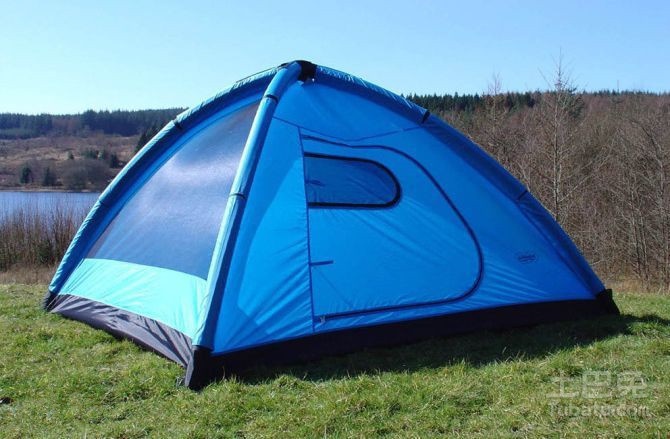
Polyester fiber canvas is a lightweight, portable, water-resistant, scratch-resistant, and heat-resistant material commonly used in the production of small to medium-sized family or camping tents. The advantages of polyester fiber canvas tents include lightweight, easy portability, easy setup, and cheap price. However, it also has some disadvantages, such as poor durability, easy blowing or water seepage in strong wind and heavy rain, and it is not resistant to UV rays, leading to fading and deformation.
- Nylon
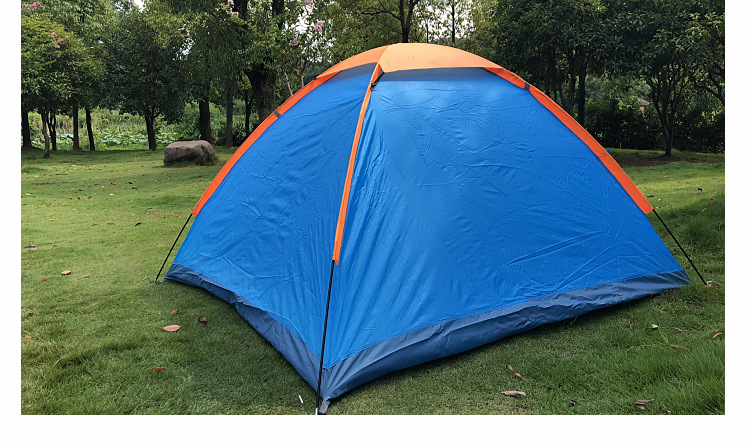
Nylon is a lightweight, sturdy, waterproof, moisture-proof, corrosion-resistant, and durable material commonly used in the production of high-end outdoor and mountaineering tents. Compared with polyester fibers, nylon has better durability and waterproof performance, but the price is relatively high. The advantages of nylon tents also include high strength, strong wind resistance, strong UV resistance, and not loose over long-term use. However, it also has disadvantages, such as a certain weight that needs additional weight consideration, and it is opaque and cannot completely block natural light.
- Canvas
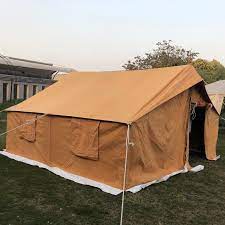
Canvas is a classic outdoor tent material, well-known for its waterproof, moisture-proof, abrasion-resistant, and breathable features. Canvas tents are suitable for long-term use, and can usually be used for many years with regular maintenance. Other advantages include good air permeability, and after special treatment, it has characteristics of UV resistance, mildew resistance, and corrosion resistance. However, because it needs additional weight when using it, it is slightly heavier than other materials and requires proper maintenance to maintain its durability.
- Silicone-coated nylon
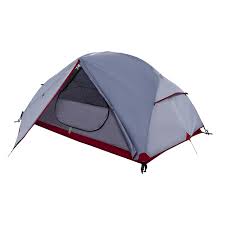
Silicone-coated nylon is a new type of outdoor tent material that covers the surface of nylon with a layer of silicone coating, which makes the tent more waterproof, sand-proof, and anti-adhesive. Silicone-coated nylon materials have good durability and wind resistance, and can be set up without accessories (such as pegs). The bottom layer is covered with a film, and the moisture-proof effect is particularly good. However, its disadvantage is a relatively high price, which may not be suitable for budget-constrained campers.
- TPU (thermoplastic polyurethane) nylon
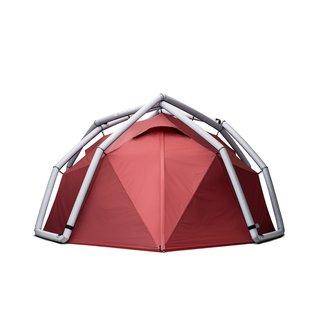
TPU nylon tents are mainly composed of thermoplastic polyurethane materials and nylon materials. This material has characteristics of waterproof, moisture-proof, UV resistance, and durability, as well as lightweight, softness, and portability. In addition, compared with polyester fibers, TPU nylon has stronger flame resistance and low-temperature resistance. Its disadvantage is that it is a relatively new material with high cost.
- Composite materials
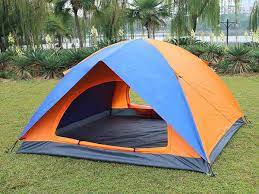
Composite materials are widely used in high-end outdoor tents such as military tents and mountaineering tents. It is mainly composed of nylon and canvas, and through special coatings and processes, it has higher UV resistance, waterproof, and windproof performance. Compared with these materials, composite material tents have stronger load-bearing capacity, more durable and more breathable. However, it also has obvious disadvantages: expensive prices, usually need to be installed in the appropriate way and compressed and maintained for a long time to maintain its integrity.
When choosing an outdoor tent, we should carefully consider multiple factors such as our own needs, economic strength, and weather conditions of our destination. High-quality and durable outdoor tent materials can add endless fun and memories to our camping and outdoor activities.

